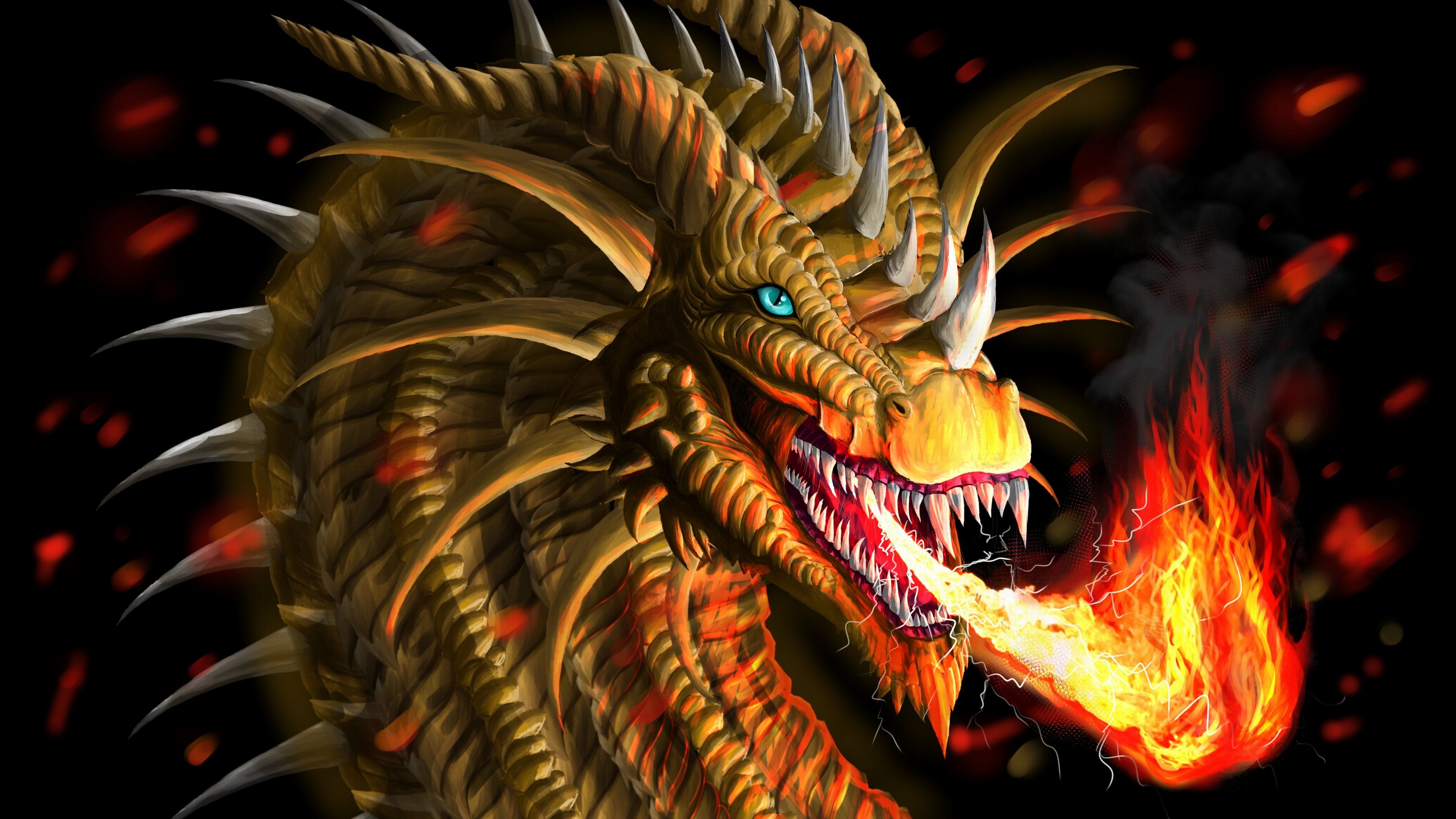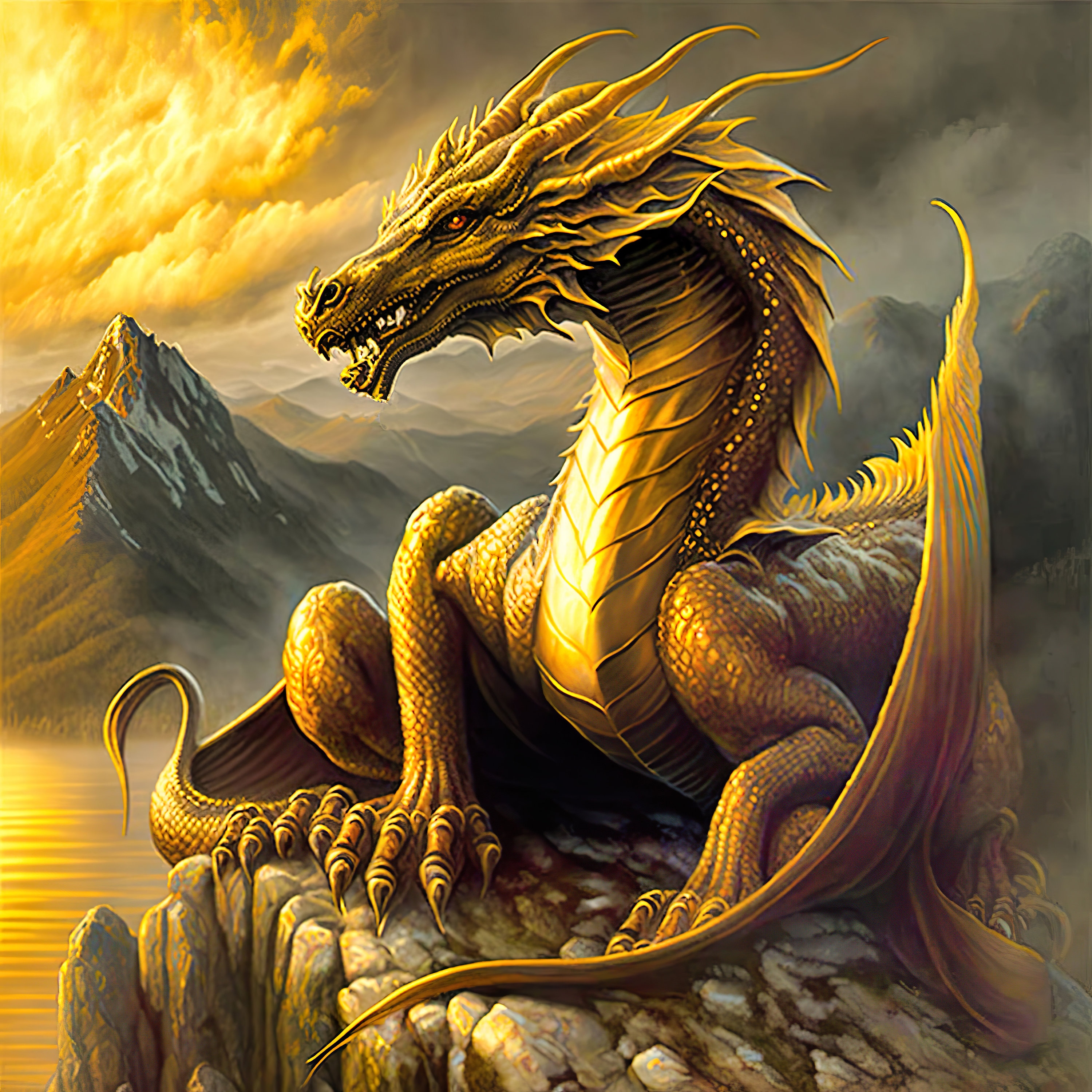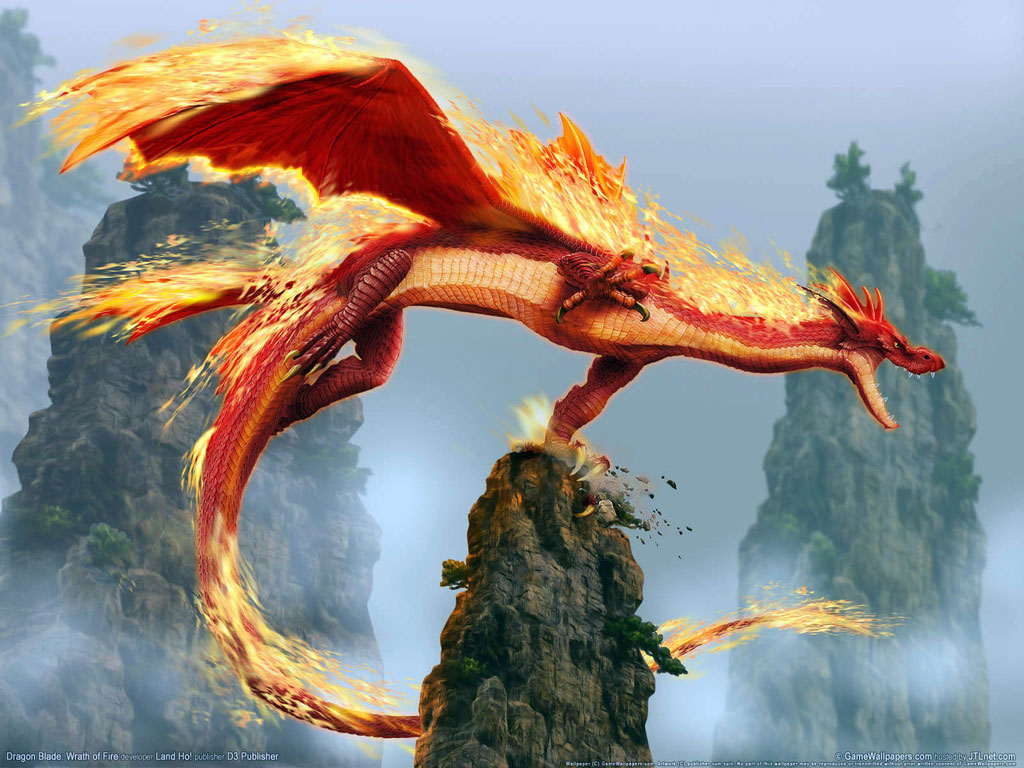From ancient scrolls to modern anime, the image of the dragon captivates imaginations worldwide. Yet, few mythological creatures possess the unique reverence and pervasive presence found in the context of the dragon in Japanese culture. Unlike their often malevolent Western counterparts, Japanese dragons, or Ryu, are revered as benevolent deities, symbols of wisdom, power, and good fortune, deeply interwoven into the fabric of the nation's spiritual and artistic heritage.
This article delves into the fascinating world of the Japanese dragon, exploring its origins, profound symbolism, diverse forms, and enduring influence on art, architecture, and festivals. We will journey through ancient myths, uncover the distinct characteristics that set Ryu apart from other global dragon lore, and examine why this majestic creature continues to hold such a powerful grip on the Japanese psyche.
Table of Contents
- The Enduring Legacy of the Dragon in Japanese Culture
- Ryu: Decoding the Japanese Dragon
- Mythology and Symbolism: What the Japanese Dragon Represents
- Types of Dragons in Japanese Folklore
- Dragons in Japanese Art and Architecture
- Dragon Festivals and Rituals in Japan
- Comparing Japanese Dragons to Western Wyverns and Beasts
- The Dragon's Enduring Presence in Modern Japan
The Enduring Legacy of the Dragon in Japanese Culture
The dragon, known as Ryu (龍) in Japanese, is far more than a mythical beast; it is a foundational element of Japan's spiritual, historical, and cultural identity. Unlike the fire-breathing, treasure-hoarding monsters often depicted in Western mythology, the Japanese dragon is predominantly a benevolent, water-dwelling deity associated with rain, bodies of water, and agricultural prosperity. This deep connection to nature and life-giving forces has cemented its place as a revered symbol throughout centuries. From the Shinto shrines nestled among ancient trees to the Buddhist temples adorned with intricate carvings, the image of the dragon is ubiquitous. It embodies strength, wisdom, and good fortune, often serving as a protector of sacred sites and a bringer of blessings. The profound respect for the dragon in Japanese culture stems from its perceived ability to control the elements, particularly water, which is vital for the island nation's agriculture and survival. This enduring legacy highlights a worldview where nature's powerful forces are personified and revered, rather than feared or conquered.Ryu: Decoding the Japanese Dragon
The term Ryu (龍) itself is the Japanese word for dragon, derived from the Chinese character 龍. While sharing common roots with Chinese dragons, the Japanese dragon has evolved distinct characteristics and symbolism over millennia, adapting to Japan's unique spiritual landscape and geographical features. Visually, Ryu are typically depicted as long, serpentine creatures with four legs, each possessing three claws. They are often portrayed without wings, relying instead on their innate magical abilities to fly and control the weather. Their bodies are covered in scales, and they possess a majestic, often bearded head with prominent eyes and horns. The evolution of the dragon in Japanese lore can be traced through various historical periods, influenced by indigenous Shinto beliefs, the arrival of Buddhism from mainland Asia, and the ongoing development of folk tales. Early Shinto traditions often featured snake-like deities associated with water and mountains, which gradually merged with the more elaborate dragon imagery introduced from China. This synthesis created the unique form of the Japanese dragon we recognize today – a powerful, yet graceful entity that embodies both raw natural power and refined spiritual wisdom. Understanding Ryu is key to appreciating the broader concept of the dragon in Japanese society.Mythology and Symbolism: What the Japanese Dragon Represents
The symbolism of the dragon in Japanese mythology is incredibly rich and multifaceted, far surpassing a simple representation of power. It is deeply intertwined with fundamental aspects of Japanese life and spirituality, embodying a spectrum of virtues and natural forces.Water, Wisdom, and Power: Core Attributes of the Japanese Dragon
At its core, the Japanese dragon is intrinsically linked to water. As an island nation heavily reliant on rice cultivation, control over water—whether rain, rivers, or oceans—was paramount. Ryu are considered deities of the seas, lakes, and clouds, responsible for bringing life-giving rain and preventing floods. This association makes them symbols of agricultural prosperity and protection from natural disasters. Beyond their dominion over water, Japanese dragons are also revered for their profound wisdom. They are often depicted as ancient beings, possessors of deep knowledge and insight, guiding figures in many myths. Their immense power is not merely destructive but constructive, used to maintain balance in the natural world and to bestow blessings upon humanity. This benevolent power contrasts sharply with the often destructive nature of dragons in other mythologies, highlighting the Japanese dragon's role as a protector and benefactor. They are seen as guardians of the spiritual realm, capable of granting wishes and bringing good fortune.Imperial Connections: The Dragon and the Emperor
The symbolism of the dragon extends into the highest echelons of Japanese society, particularly concerning the Imperial Family. In many East Asian cultures, the dragon is a symbol of imperial authority and divine lineage, and Japan is no exception. The Emperor of Japan has historically been seen as a descendant of the gods, and the dragon, with its celestial power and benevolent nature, became a fitting emblem for this divine connection. Legends often link the Imperial Family directly to dragons. For instance, the mythical founder of the Imperial line, Emperor Jimmu, is sometimes associated with dragon lore, and his lineage is said to be connected to deities of the sea, often depicted as dragons. The dragon's majesty, wisdom, and ability to control the elements mirror the ideal qualities of a just and powerful ruler. This connection elevated the dragon beyond a mere mythological creature to a sacred symbol of national identity and imperial legitimacy, further cementing its revered status as the ultimate dragon in Japanese culture.Types of Dragons in Japanese Folklore
While the general image of the Japanese dragon is consistent, folklore presents several distinct types, each with unique characteristics and roles. These variations often reflect specific regional beliefs, historical influences, or specialized functions within the mythological pantheon.Notable Japanese Dragon Deities and Legends
One of the most prominent figures is **Ryūjin (龍神)**, the Dragon God of the Sea. Ryūjin is a powerful and benevolent deity who lives in a magnificent palace beneath the sea, controlling the tides and currents. He is often depicted as having a human form, but can transform into a dragon. Many legends feature Ryūjin, including tales of him bestowing gifts upon humans or intervening in their affairs. For example, the famous story of Urashima Tarō involves a visit to Ryūjin's underwater palace, highlighting the dragon god's generosity and the allure of his realm. Another significant type is the **Wani (鰐)**, which, despite its name often being translated as "crocodile" or "shark," refers to a dragon or sea monster in ancient Japanese mythology. The most famous Wani appears in the Kojiki, an ancient chronicle, as the father of Toyotama-hime, the sea goddess who married Hoori, a divine ancestor of the Imperial Family. This reinforces the dragon's deep connection to the imperial lineage. Beyond these major figures, there are numerous local dragon deities and spirits associated with specific lakes, rivers, or mountains. For instance, the **Mizuchi (蛟)** is a water dragon or serpent, sometimes depicted as malevolent but more often as a powerful spirit of rivers and swamps. The diversity of these types underscores the pervasive and adaptable nature of the dragon in Japanese folklore, demonstrating how the concept of the dragon in Japanese mythology is not monolithic but richly varied.Dragons in Japanese Art and Architecture
The visual representation of the dragon in Japanese art and architecture is as captivating as its mythological significance. Dragons are a favorite motif, appearing on everything from ancient temple scrolls to modern-day tattoos, embodying power, grace, and spiritual depth. In traditional Japanese painting, especially during the Edo period (1603-1868), dragons are frequently depicted amidst swirling clouds or turbulent waters, their bodies dynamic and their expressions wise or fierce. Artists like Katsushika Hokusai, famous for his "Great Wave," also created stunning dragon illustrations, capturing their fluid movement and majestic presence. These artistic renditions often emphasize the dragon's control over natural elements, making them symbols of cosmic power. Architecturally, dragons serve as powerful guardians. They are commonly found adorning the roofs of temples and shrines, carved into wooden pillars, or painted on sliding doors (fusuma). The intricate dragon carvings at Nikko Toshogu Shrine, for example, are renowned for their exquisite detail and symbolic protection. Temple bells often feature dragon motifs, as their resonant sound is believed to be the dragon's roar, echoing through the spiritual realm. The presence of a dragon in Japanese architecture is not merely decorative; it is a spiritual ward, protecting the sacred space and its inhabitants from evil and bringing good fortune. This pervasive artistic presence further solidifies the dragon's role as an iconic figure of the dragon in Japanese cultural expression.Dragon Festivals and Rituals in Japan
The reverence for the dragon in Japanese culture extends beyond static art and mythology into vibrant, living traditions expressed through festivals and rituals. These events often involve elaborate dragon dances and processions, serving as a means to honor the dragon deities and seek their blessings. One of the most famous examples is the **Kinryu no Mai (Golden Dragon Dance)** performed annually at Sensō-ji Temple in Asakusa, Tokyo. This spectacular event features a massive golden dragon, approximately 18 meters long and weighing 80 kilograms, carried by eight dancers. The dance is performed to celebrate the founding of the temple, where legend says a golden dragon descended from heaven. It is believed to bring good luck and ward off evil, drawing large crowds who come to witness the majestic spectacle. Another notable tradition is the **Nagasaki Kunchi Festival**, where the "Jaodori" (Dragon Dance) is a highlight. Originating from Chinese dragon dances, the Nagasaki version has evolved unique Japanese characteristics, featuring vibrant, often multi-colored dragons weaving through the streets, accompanied by lively music and cheers. These dances are not just performances; they are deeply spiritual acts, intended to invoke the dragon's power for prosperity, bountiful harvests, and protection from disasters. The energy and devotion displayed in these festivals underscore the living, breathing connection the Japanese people have with their revered dragon, reinforcing the idea of the dragon in Japanese daily life and spiritual practice.Comparing Japanese Dragons to Western Wyverns and Beasts
When discussing the concept of the dragon, it's crucial to acknowledge the vast differences between Eastern and Western interpretations. The "Data Kalimat" provided, "Meet the enduring wyverns of Europe, along with the terrifying basilisk, hydra, amphiptere, guivre, and lindworm!", perfectly highlights this divergence. While Western dragons, wyverns, and other mythical beasts like the basilisk, hydra, amphiptere, guivre, and lindworm are often portrayed as symbols of evil, greed, or destructive power, the Japanese dragon stands in stark contrast.Bridging the Divide: Eastern vs. Western Dragon Lore
**Western Dragons:** Typically depicted as large, reptilian creatures with wings, breathing fire, and guarding hoards of gold. They are often antagonists in tales of knights and heroes, representing chaos, temptation, or brute force. Wyverns, specifically, are a type of dragon with two legs and two wings, often smaller and more aggressive. The basilisk is a deadly, often serpent-like creature whose gaze can kill. Hydras are multi-headed serpents. Amphipteres are winged serpents without legs. Guivres are legless, winged serpents, and lindworms are legless, often wingless, serpentine dragons. All these European creatures generally evoke fear and represent challenges to be overcome. **Japanese Dragons (Ryu):** As discussed, Ryu are primarily benevolent. They are associated with water, wisdom, and good fortune. They are often wingless, possessing the power of flight through magic, and are typically depicted with three claws on each foot (unlike the Chinese dragon's five). Their role is often that of a protector, a bringer of rain, or a wise sage. They are revered, not slain. This fundamental difference in portrayal reflects deeper cultural values. Western mythology often emphasizes humanity's struggle against nature and chaos, where dragons embody these untamed forces. Eastern, particularly Japanese, mythology often emphasizes harmony with nature and the reverence of its powerful elements. The dragon in Japanese culture is an integral part of the natural order, a deity to be respected and honored, rather than a monster to be conquered. This distinction is vital for anyone seeking to truly understand the unique place of the dragon in Japanese lore.The Dragon's Enduring Presence in Modern Japan
Despite the rapid modernization of Japan, the dragon remains a powerful and relevant symbol in contemporary society. Its image permeates various aspects of modern life, from popular culture to corporate branding, demonstrating its enduring appeal and significance. In popular culture, the Japanese dragon is a ubiquitous motif. It frequently appears in anime, manga, video games, and films, often as powerful allies, wise mentors, or formidable, yet not necessarily evil, adversaries. Iconic examples include the dragon Shenron from *Dragon Ball*, who grants wishes, or the spirit Haku from Studio Ghibli's *Spirited Away*, who transforms into a dragon. These modern portrayals continue to emphasize the dragon's connection to power, wisdom, and the spiritual realm, ensuring that new generations remain familiar with and appreciate the traditional imagery of the dragon in Japanese folklore. Beyond entertainment, dragons are often seen in traditional crafts, such as pottery, textiles, and lacquerware, maintaining their aesthetic and symbolic value. They are also common elements in corporate logos and branding, conveying strength, prosperity, and innovation. Even in everyday life, you might find dragon motifs on clothing, stationery, or as decorative elements in homes and businesses. This continuous presence underscores that the Japanese dragon is not merely a relic of the past but a living symbol that adapts and thrives within the modern landscape, continually reinforcing its profound cultural importance as the quintessential dragon in Japanese identity.Conclusion
The journey through the world of the **dragon in Japanese** culture reveals a creature far removed from the fire-breathing monsters of Western lore. The Japanese dragon, or Ryu, stands as a benevolent deity, a symbol of life-giving water, profound wisdom, and immense power. From its ancient origins intertwined with Shinto and Buddhist beliefs to its vibrant presence in modern anime and festivals, the Ryu embodies a deep respect for nature and a rich spiritual heritage. We've explored its core attributes as a bringer of rain and wisdom, its sacred ties to the Imperial Family, and the diverse forms it takes in folklore, such as the mighty Ryūjin. We've seen how its majestic image graces temples, paintings, and even modern media, serving as a protective emblem and a source of inspiration. The stark contrast between the revered Japanese dragon and the often terrifying wyverns and beasts of European mythologies further highlights the unique cultural lens through which Japan views this magnificent creature. The enduring legacy of the Japanese dragon is a testament to its profound impact on the nation's identity. It is a symbol that bridges the past and the present, continually reminding us of the delicate balance between humanity and nature, and the timeless power of myth. What are your favorite stories or depictions of the Japanese dragon? Share your thoughts in the comments below! If you found this exploration fascinating, consider sharing this article with fellow enthusiasts or delving deeper into other aspects of Japanese mythology on our site.

